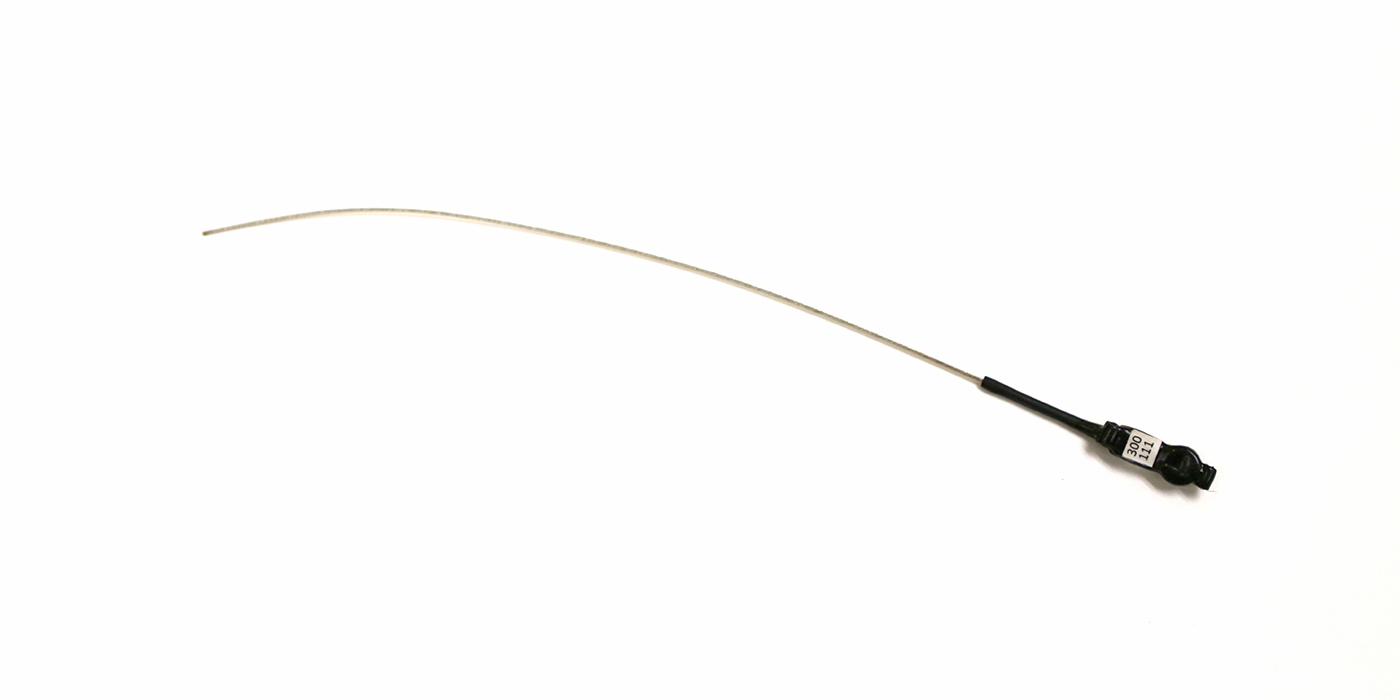What is Radio Telemetry?

Since the 1960s, scientists have been using radio telemetry to locate animals and track their movements. Radio telemetry uses radio signals, which are made up of invisible and silent electromagnetic waves, to determine location. A radio telemetry system is made up of three parts: a radio transmitter, a radio antenna and a radio receiver. The radio transmitter is worn by the animal and is the part that transmits, or sends, the radio signal. Scientists use the antenna to pick up the radio signals, which are then transformed into a beeping sound by the receiver. As the receiver gets closer to the transmitter, the beeps get louder, meaning the animal wearing the transmitter is close by. The researcher can use this audible clue to locate and follow the animal wearing the transmitter.
What is the process for radio tagging a bird?
In order to use radio tags to study birds’ movements, scientists must first capture the birds. For smaller birds, this is done by using mist nets—tall, long nets made out of very fine threads that blend into the surroundings. Once a bird is caught, scientists place aluminum bands and a unique combination of colored plastic bands around the bird’s legs. This process is called bird banding and helps researchers identify a bird after it is released. Scientists then strap a radio tag onto the bird’s lower back, using a harness that loops around the bird’s legs.
After the radio tag is attached to the bird, scientists can determine the bird’s location without having to actually see it, as long as it is within the range of the transmitter’s signal. The scientists can determine the location of the bird in a couple of ways. One method, called homing, requires the scientist to follow the bird. The scientist moves in the direction of the loudest beeps until they locate the animal. Another method, called triangulation, requires more than one researcher and some geometry. From different locations, each researcher uses a separate receiver to determine the direction that a signal is coming from. The scientists draw lines showing the direction of the signal from each of their locations on a map.
What are the pros and cons of using radio telemetry?
Radio transmitters, also called radio tags, are relatively inexpensive, usually costing less than $200 each. They also come in a variety of sizes and weights. The part of a radio tag that weighs the most is the battery that powers it. The larger and heavier a battery is, the longer its battery life, the stronger the signal it can transmit and the farther the signal will travel. But a transmitter should not weigh more than 5 percent of an animal’s body weight, or it could interfere with the animal’s ability to move. So, when designing a study using radio telemetry, researchers consider the size and weight of a transmitter that can be used on an animal, and what that means for the battery life and signal strength. There are radio tags that are light enough to use on birds that weigh as little as 6.6 grams—just a little heavier than a nickel! Radio tags this small have a relatively short battery life of just a few weeks and a signal that can travel only about 0.6 miles (1 km).
Radio tagging gives scientists a lot of information about the movement of birds. However, the scientific questions that can be answered with radio telemetry are limited, because scientists have to be relatively close to the tagged birds to determine location. For example, scientists can use radio telemetry to follow the movements of migratory birds during their breeding season, because they stay within the same area while nesting and raising their young. But once the birds leave the breeding area to migrate, they quickly move beyond the range of the transmitter, and scientists can no longer detect where they are.
The other limitation is the size and lifespan of the battery required to power the transmitter. Because it takes a lot of power to send a radio signal even short distances, most radio tags only last from a few weeks to a few months. This means that scientists can only use radio telemetry to study the movement of birds during a short period of time, rather than across their annual cycle.
Find out more about the use of radio telemetry to study birds and other animals.